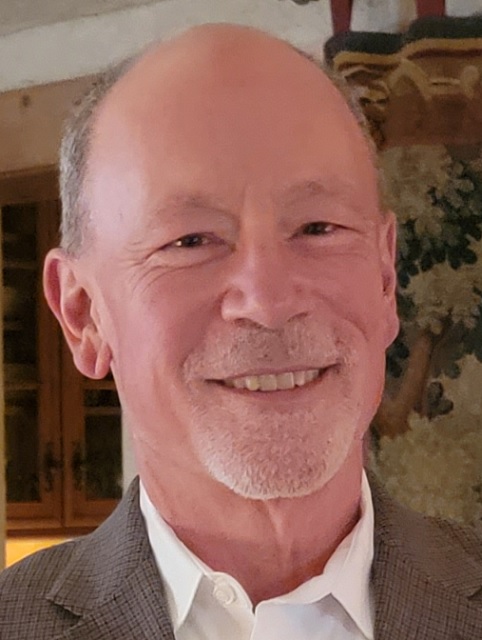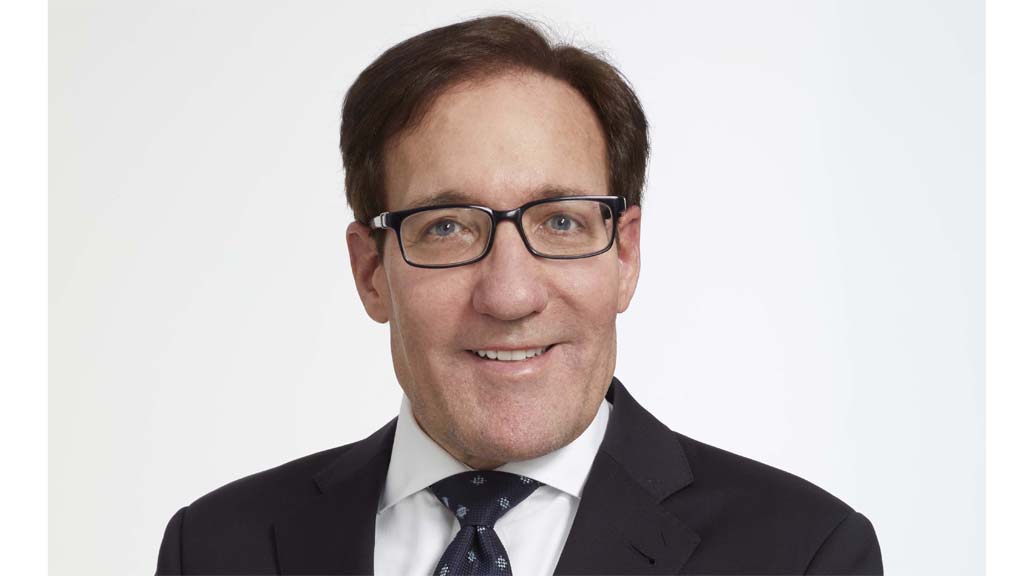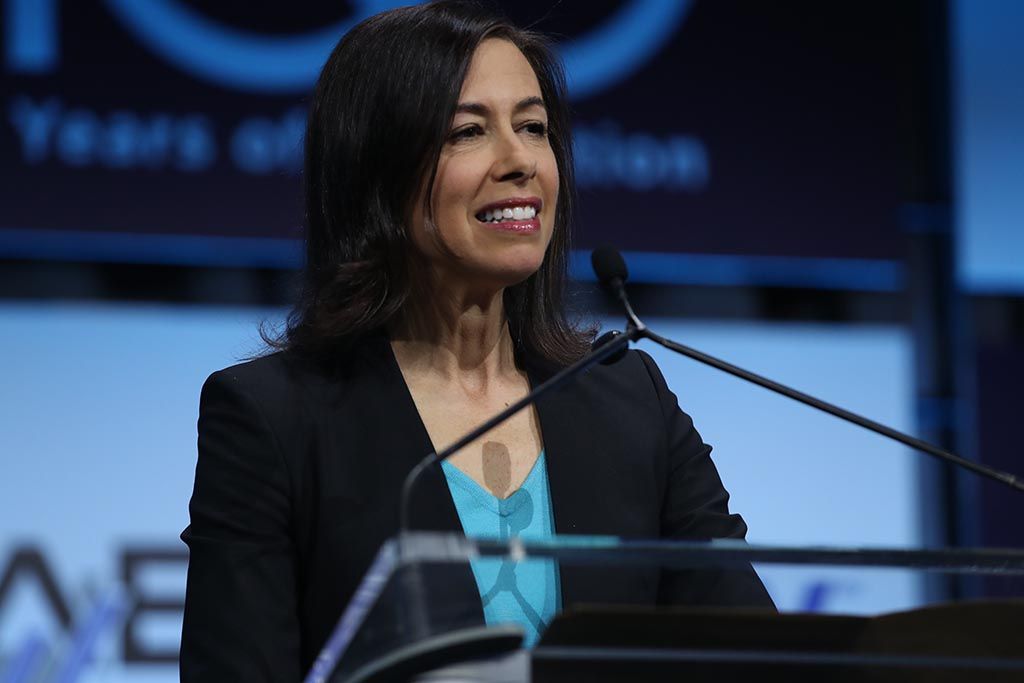
(Editor’s note: Nexstar Media Group, Sinclair and Hearst Television were contacted for comment for this article but declined.)
The Future of Television Initiative report, released in mid-January on advancing the transition from ATSC 1.0 to ATSC 3.0 has largely received praise from industry players, including many broadcasters and ATSC, but some have cast a wary eye or thrown shade not simply on the report but ATSC 3.0 itself.
Led by the National Association of Broadcasters, former Federal Communications Commission Chair Jessica Rosenworcel launched the initiative at the 2023 NAB Show. Its goal was to “establish a roadmap for a transition to ATSC 3.0 that serves the public interest,” Rosenworcel said at the convention.
What came out of the initiative was a report that was less of a road map and more of an airing of perspectives on the transition from a wide range of participants, all of which may one day inform FCC rulemaking.

“I think there was kind of this misperception among a lot of people that this [initiative] would solve all of the issues and everyone would come together,” Robert Folliard, senior vice president of government relations and distribution at Gray Media, said. “That was never going to happen, nor was it really the purpose.”
Rather, the document reported the conclusions of three working groups, one looking at issues related to backward compatibility, a second the conditions for completing the transition and a third at post-transition regulation.
Participants in each working group came from a diverse set of stakeholders. Among them were local TV broadcasters, broadcast groups and networks, representatives from low-power TV, satellite and cable providers, various trade associations, the Advanced Television Systems Committee (ATSC), consumer-electronics vendors, retailers and public-interest groups. The report not only presented consensus recommendations in each of the three areas but also summaries of participants’ perspectives offered on various topics upon which the recommendations were made.
The professional video industry's #1 source for news, trends and product and tech information. Sign up below.
“It [the report] was really just [a vehicle] to get everything out there, and I think it did a great job of that,” Folliard said. “It allowed everyone to stake out their positions, and to that extent, it was sort of mission accomplished.”
Creating the report also helped to educate many outside of broadcasting about ATSC 3.0 and the progress broadcasters, CE vendors and others have made, Pearl TV Managing Director Anne Schelle said.
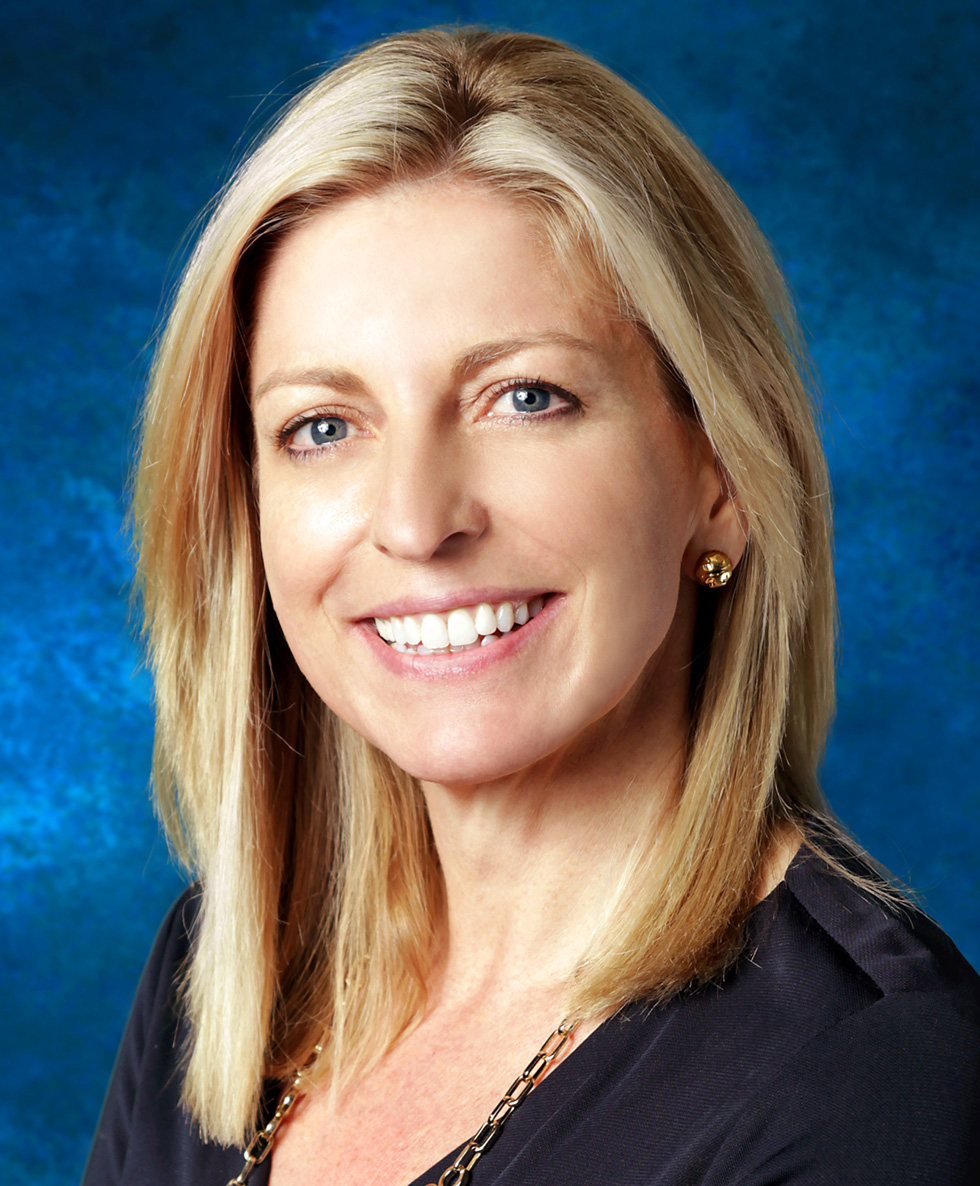
“A lot of the entities were completely unaware of where NextGen TV stood,” she said. “Let’s go back six or seven years ago. They couldn’t understand and get their arms around even what NextGen TV was. They could never conceive of the fact that broadcasters would actually have launched [ATSC 3.0 transmission in] 76% of the United States, and on top of that, put out HDR and a cool application like the one [Start Over] from NBCU.”
Incremental Step
At the moment, the voluntary transition to ATSC 3.0 has created a “worst of all worlds” situation for broadcasters, Folliard said.
On the one hand, they cannot fully deliver all of the benefits of NextGen TV because of the FCC’s requirement to offer a substantially similar main-channel simulcast in 1.0, which limits how much TV spectrum can be devoted to 3.0 services. On the other hand, broadcasters must live with fewer potential 1.0 secondary channels than could otherwise be on air to accommodate the spectrum needed for 3.0. “That’s not a great place to be,” Foillard said.
The report addresses a possible sunset strategy in which the substantially similar requirement would be lifted. Doing so might enable a broadcaster to reduce its coverage footprint or enable the multiplexing of lower-resolution 1.0 channels to maintain legacy DTV service while freeing up additional spectrum for ATSC 3.0, ATSC president Madeleine Noland said.
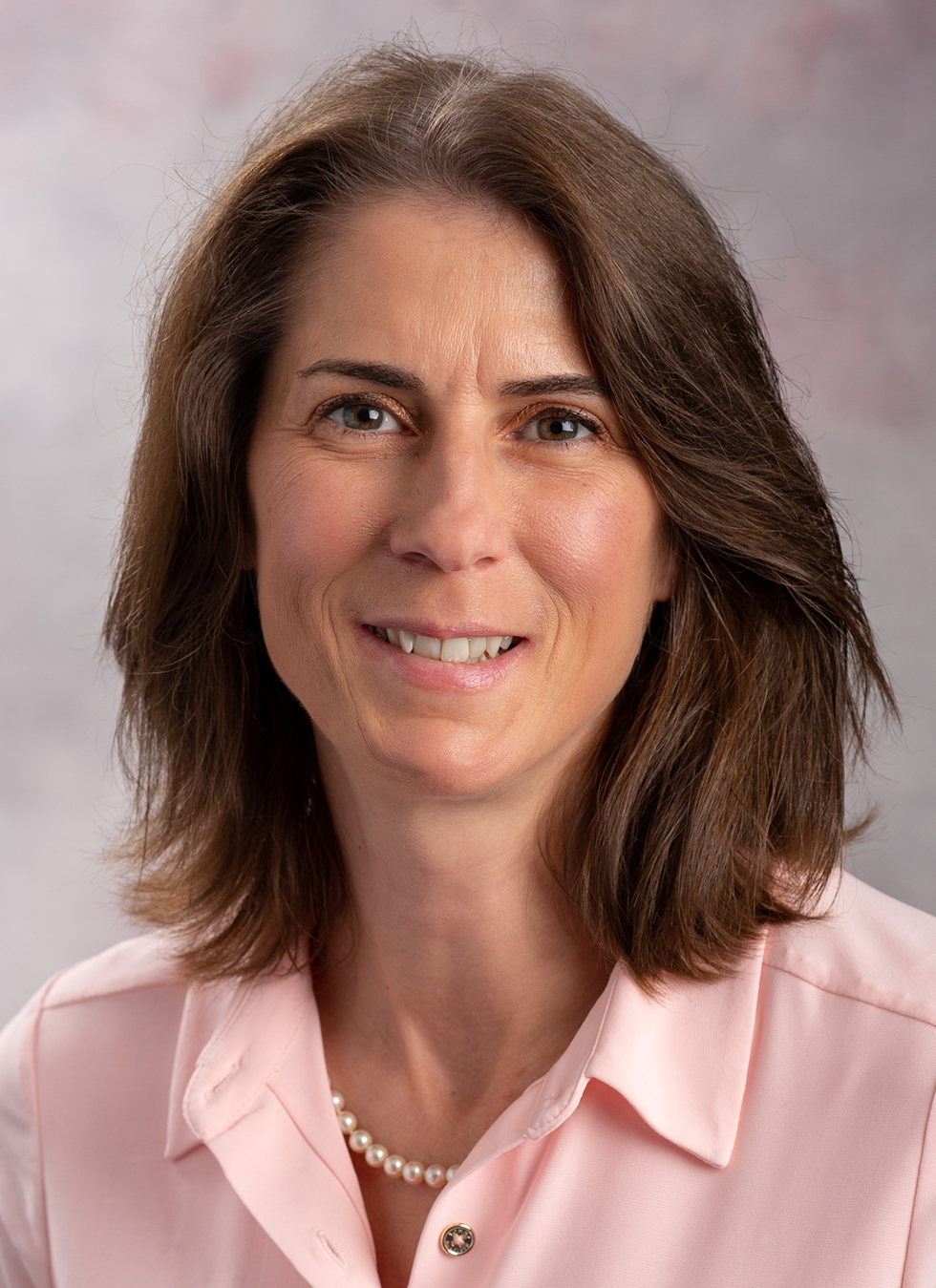
“Right now, if you have a five TV-station partnership going where one stick is 3.0 and four sticks are 1.0, then the ratio is 80:20 in favor of 1.0,” she said. “If that could be reversed, then I think there could be a lot of great things broadcasters could do with 3.0.”
Not all broadcast participants favor lifting the substantially same requirement. “Ideally, any technological advancement or policy preserves viewers’ ability to receive the same content they receive today, both primaries and multicasts,” Kyle Walker, vice president of technology at Weigel Broadcasting, said. “If a technology change or policy makes it more expensive and harder to watch broadcast television, it would be challenging to support a transition.”
Weigel, which participated in the backwards compatibility working group, owns multiple diginets programmed as ATSC 1.0 subchannels by many broadcasters around the country, including MeTV affiliates in more than 200 markets.

“Antenna adoption is growing as free broadcast television is an attractive alternative and complement to pay TV and streaming,” he said. “Why make watching broadcast television more expensive and harder to watch for consumers?”
ATSC, which also participated in the backwards compatibility working group, valued the opportunity to explain why 3.0 is not backwards compatible, Noland said.
“It was important that ATSC was there to point out that ATSC 2.0 was a backwards-compatible system designed to bring many of the features that 3.0 brought,” she said. “We tried, but it was not a commercial success.”
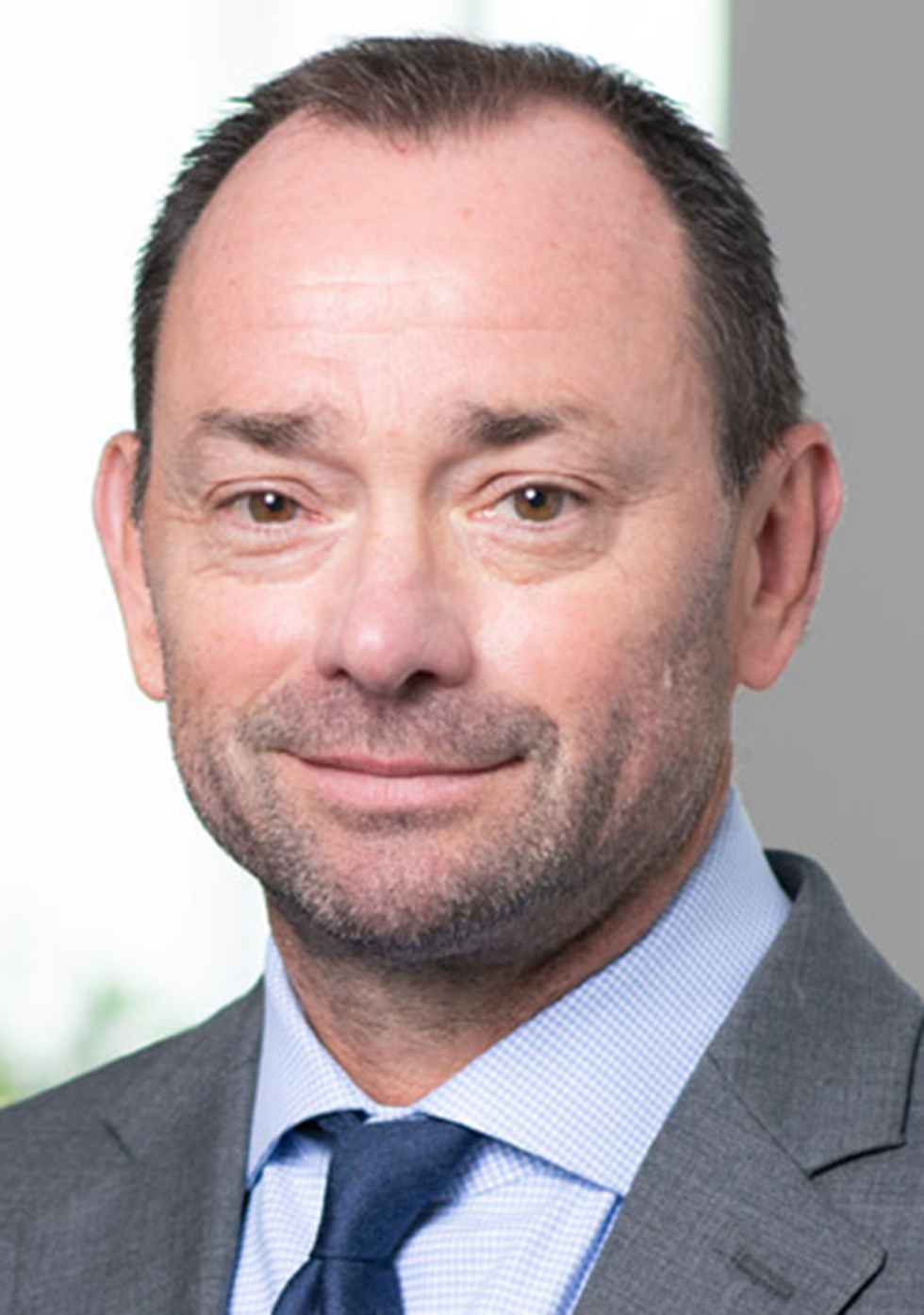
“I think we were able to help people understand why the ATSC membership went in the direction of ATSC 3.0. The working group was important because it gave people the chance to revisit that history and see how it all fit together,” she said.
MVPDs
A major portion of the report was devoted to multichannel video programming distributors (MVPDs) and their perspective on carrying ATSC 3.0 signals. MVPDs expressed concern about several issues, such as the need to purchase new equipment and incur new costs to support 3.0, the need for the commission to update signal level requirements for broadcast signals delivered to principal headends, watermarking and other issues.
Responding via email to a request for comment on the report, Brian Dietz, senior vice president of strategic communications at NCTA–The Internet & Television Association, which represents the larger cable operators, underscored the role broadcasters must take in paying for the transition.
“We look forward to working with all stakeholders to ensure this process is consumer-driven and that neither consumers nor operators are unfairly made to bear the cost of the broadcast industry’s voluntary transition to a new technology,” Dietz said in the email.
Given the contentious relationship broadcasters and MVPDs have had over the years with respect to retransmission consent negotiations, it shouldn’t be surprising Dietz zeroed in on the expense of the transition, Gray’s Folliard said.
“You've got broadcast on one side and MVPDs on the other,” Folliard said. “You know, we don’t know what to do if we're not fighting each other. That’s just how it’s been for 30-plus years. It’s hard for us to see eye-to-eye on anything.”
However, not only do broadcasters recognize that a large percentage of their audience accesses TV via MVPDs, they also understand the importance of protecting retrans revenue. “We want to figure out the best way to make the pay TV experience as good as possible, because we obviously have a big stake in that with retrans revenue,” Foillard said,
“We want to make sure we're passing through as many [3.0] features to them and working with them, because they are incredibly important partners for us,” he said, pointing to the need to ensure 3.0’s AC-4 works on cable boxes as an example, and adding that ATSC and the Society of Cable Telecommunications Engineers (SCTE) have roles to play in ensuring compatibility.
ATSC has a broad membership that includes both broadcasters and MVPDs, who have delivered and “overarching message,” said Noland.
“We hear over and over again in ATSC discussions that the technology should not dictate the business conversations taking place at retrans negotiations,” she said. “For example, the watermarks—especially the audio watermark. There’s a notion that this is something that will be forced through MVPDs. But when the watermarks first were being drafted years ago, we wrote a recommended practice that says if you want to erase or replace the watermark, here’s how to do it.”
“We’re not here to get in the way of what you want to have conversations about from a business point of view, and that's always been true,” Noland said.
The report, which took more than a year to draft, represents a “snapshot in time” of where things stood as each of the working groups examined their respective topics, said Pearl TV’s Schelle.
While she acknowledges MVPDs raised important issues in the report, NextGen TV has moved forward and addressed many of them. “We’ve already progressed pretty substantially [in the intervening time from when work was ongoing and the report was released],” she said. “A year and a half later, you see big changes. Some of the questions raised are being answered in the marketplace.”
“That’s an effort we actually worked on first. What are the things we can actually bring—the features and functions—[that] solve some problems in the cable environment?” she asks, rhetorically.
"I believe we will see sub-$20 solutions. They may not offer all of the benefits of NextGen TV; that’s the consumer’s choice. But you will be able to get basic over-the-air service.”
Anne Schelle, Pearl TV
Schelle points to the availability of low-cost 3.0-to-1.0 consumer converters as another example of a concern raised in the report that is being addressed. “There's lots of options for consumers that didn't exist when we went from analog to digital. In terms of upgrade accessories [3.0 converter dongles], I believe we will see sub-$20 solutions. They may not offer all of the benefits of NextGen TV; that’s the consumer’s choice. But you will be able to get basic over-the-air service.”
While the report didn’t offer a specific roadmap to an ATSC 3.0 future, it gives newly appointed FCC Chair Brendan Carr an important tool to advance the transition, Folliard said.
“This is a springboard,” he said. “It’s teed up for Brendan Carr for action coming out of the commission,” he said.
“Broadcasters need the same flexibility and ability to upgrade that’s been given to the wireless industry. With that you’re going to see a world-class broadcast system, just like our world-class wireless system,” Foillard said. “If we want local programming and local broadcasting to survive, we can’t be stuck in amber along with laser disc technology.”
Phil Kurz is a contributing editor to TV Tech. He has written about TV and video technology for more than 30 years and served as editor of three leading industry magazines. He earned a Bachelor of Journalism and a Master’s Degree in Journalism from the University of Missouri-Columbia School of Journalism.
